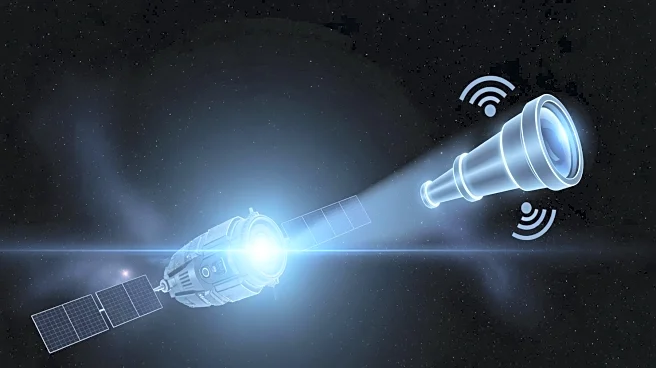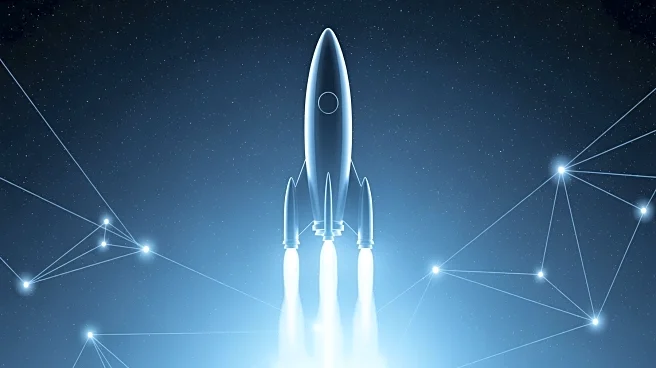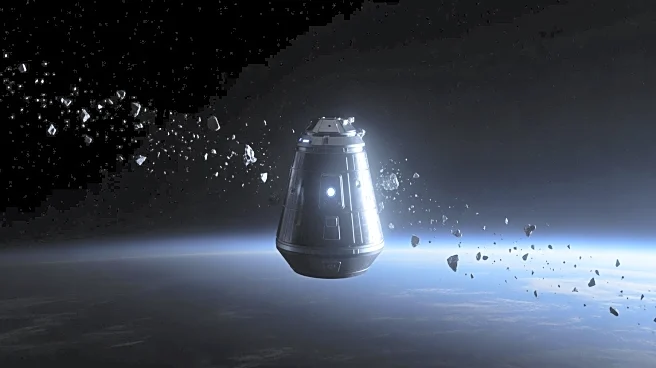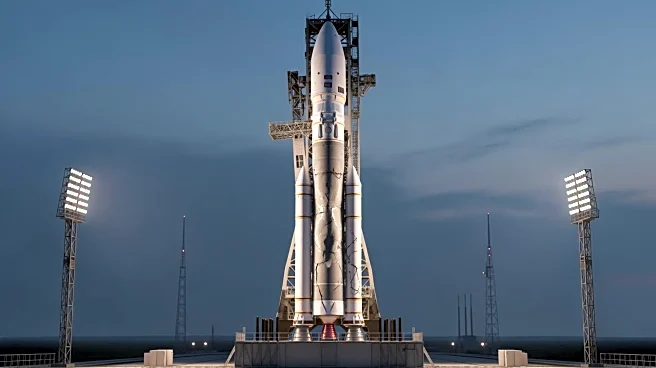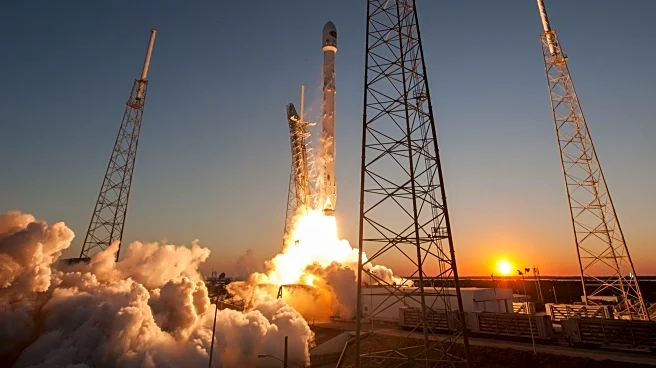What's Happening?
NASA's Swift telescope, which has been operational since 2004 to study gamma-ray bursts, is facing a critical situation due to increased solar activity. The telescope's orbit is rapidly declining, raising
the probability of an uncontrolled entry into the Earth's atmosphere by the end of 2026 to 90%. In response, NASA has contracted Arizona-based startup Katalyst Space Technologies to develop a space tug named LINK to rescue the telescope. The mission involves using Northrop Grumman's Pegasus rocket, which is launched from a carrier aircraft, to autonomously capture and reposition the Swift telescope into a stable orbit. The operation is expected to be completed within eight months, with the launch scheduled for no later than June 2026.
Why It's Important?
The rescue mission for the Swift telescope is significant as it represents a new commercial opportunity for NASA to address threats to orbital vehicles. Successfully repositioning the telescope will not only extend its scientific mission but also demonstrate the capability to repair and maintain satellites in low Earth orbit. This ability is crucial for supporting a fleet of space explorers, ensuring their longevity and safety. The mission highlights the importance of innovative solutions in space operations, potentially paving the way for future collaborations between NASA and private companies in satellite maintenance and rescue operations.
What's Next?
The next steps involve the development and launch of the LINK space tug by Katalyst Space Technologies. The mission's success could lead to more contracts for similar operations, enhancing NASA's ability to respond to orbital threats. Additionally, the use of the Pegasus rocket for such missions may become more common, offering a cost-effective and efficient method for reaching specific orbits. Stakeholders in the space industry will likely monitor the mission closely, as its success could influence future strategies for satellite maintenance and rescue.
Beyond the Headlines
Beyond the immediate rescue of the Swift telescope, this mission could have broader implications for space governance and commercial space operations. It may encourage more partnerships between government agencies and private companies, fostering innovation in space technology. The mission also underscores the need for robust strategies to mitigate the effects of solar activity on satellites, which could lead to advancements in satellite design and orbit management.


